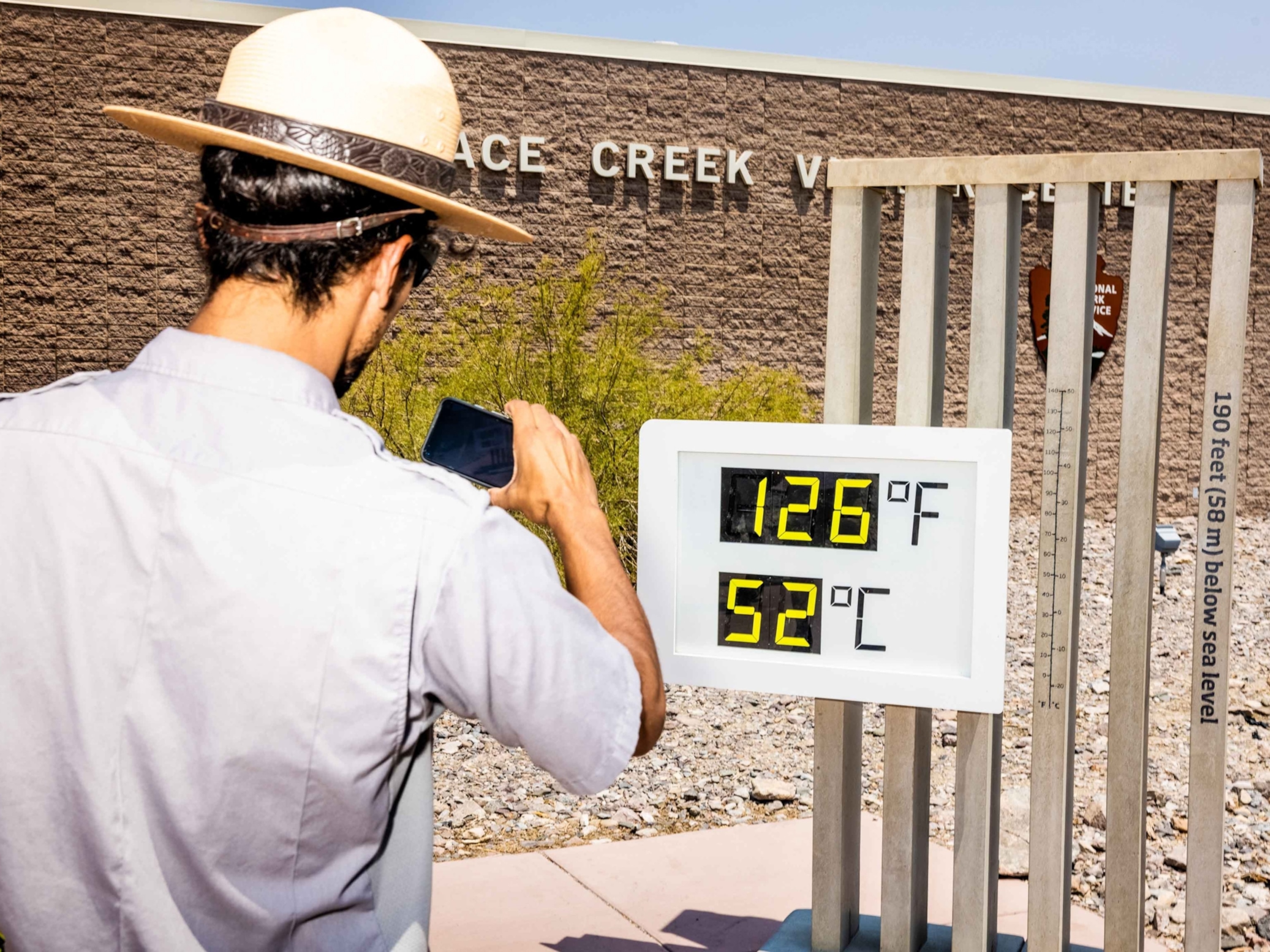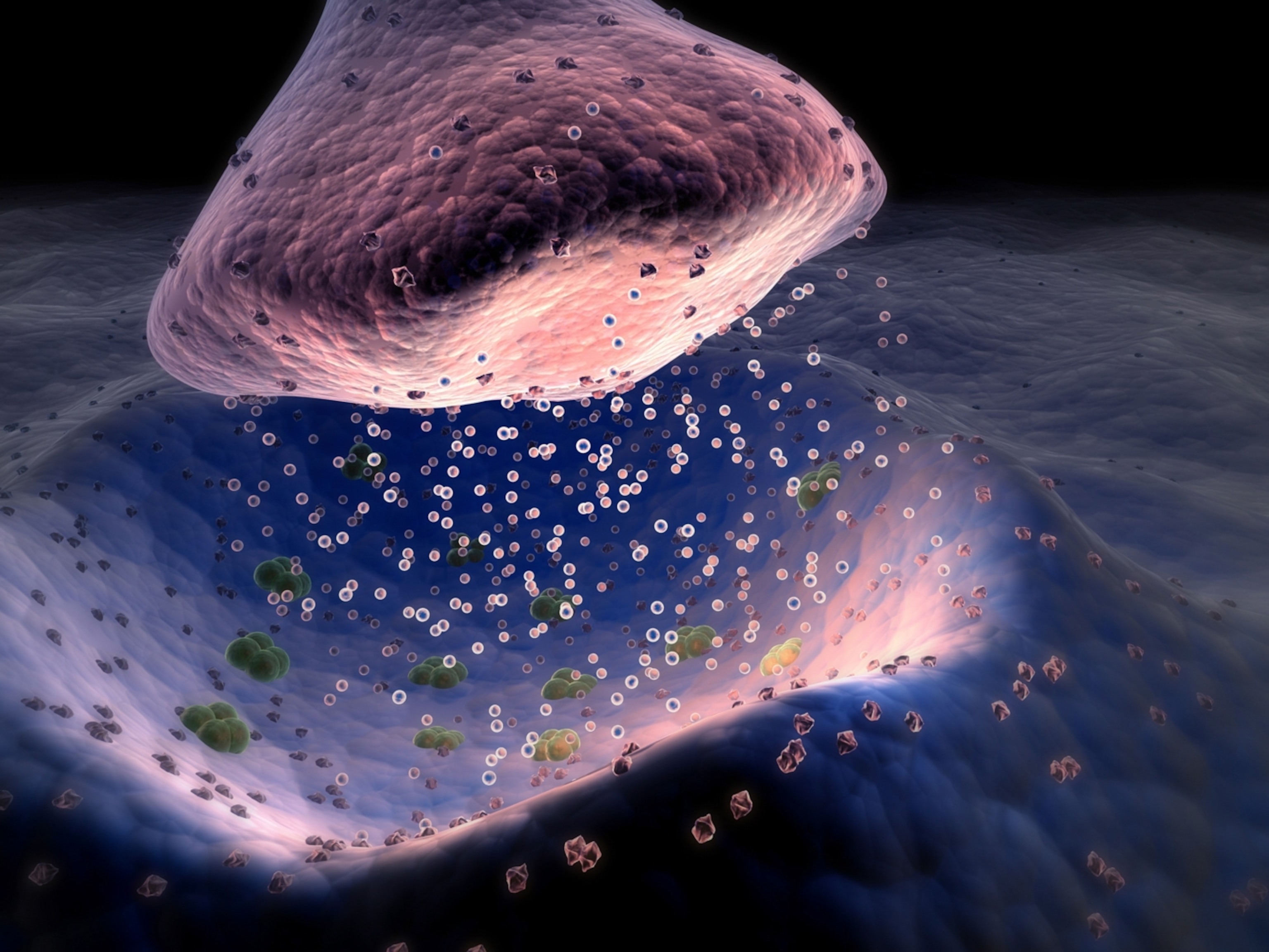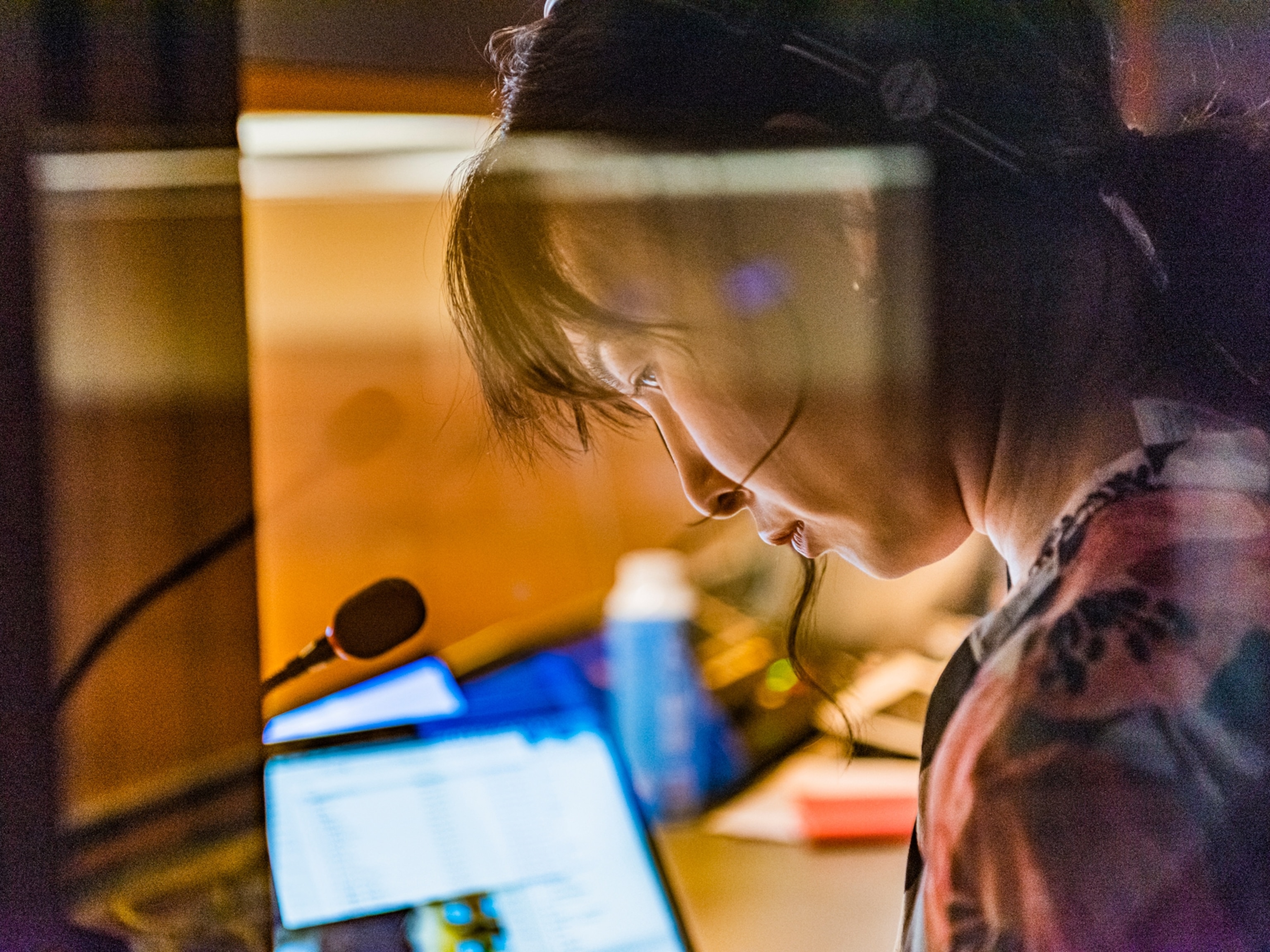Is there a ‘right’ way to read?
With more information than ever at our fingertips, there’s a sense of rush to take it all in and “skim.” Here's what the experts say about our reading habits—and whether you should change them.

How do you read? Some people only read dialogue, while others might skip long sections of text or only read the first and last sentence in a paragraph. Others say they read each word, and revisit the same section two or three times to make sure that they don’t miss anything.
The digital age has had a profound impact on how we read. Surveys show that Americans are reading fewer books per year than they did 30 years ago. And although the rise of social media communities like #BookTok has likely increased book sales over the last few years, the average American spends about 26 minutes reading per day but three hours on the internet or watching TV.
Experts say that the sheer amount of information available at our fingertips has changed how we take in information. Online, Americans receive the data equivalent of 174 newspapers per day and spend an average of 55 seconds reading an article.
Nowadays, studies suggest that we spend more time skimming and scanning, rather than close reading. Some experts bemoan the loss of our ability to slow down and read deeply, while others say we can get it back with a little practice. So is there a “right” way to read? Here’s what some experts have to say about it.
The skinny on skimming
According to experts, skimming—where you skip over words and sections to grasp the main idea of a text—is a common reading strategy. That’s totally fine, says Daniel Willingham, a psychologist at the University of Virginia—as long as skimming or scanning doesn’t get in the way of understanding.
When thinking about how best to read a text, reading experts say that you should first consider what you want to get out of it. If your goal is to read for pleasure or finish in a short amount of time, skimming is a great way to get the general idea of what a text is saying, says Joanna Christodoulou, a professor in the department of communication sciences and disorders at the MGH Institute of Health Professions. Skimming is sufficient for most beach reads, for example, don’t require us to recall details of a scene or tackle many complex or unknown words. The goal doesn’t always have to be explicit. Skimming can get you “headline” comprehension of something, so trying to catch up on news might drive you to skim, scan, and jump around to different articles, Christodoulou says.
A person’s familiarity with the type of text they’re reading might influence the strategy they use to read, Christodoulou says. Someone that reads a lot of mystery novels, for example, may get used to the structure and feelings that are elicited by the text and thus be able to skip or skim sections and still get what’s going on. Similarly, if you’re reading a lot of books on a specific subject, like art history, you might get more familiar with the terminology. That might improve how efficiently you can read them and how much you can retain, Christodolou says. Studies suggest that the one way to improve reading speed while retaining comprehension is to increase your vocabulary.
What is ‘close reading’?
Experts often contrast skimming with “close” reading, when a reader connects new information to prior knowledge, asks questions, and develops a deeper understanding of the text (although the exact definition is contentious). Some studies have shown that a close reading session causes more widespread brain activity than skimming.
For example, a grad student might read a text closely so that they can remember the information after the materials are no longer in front of them, Christodoulou explains.
Some experts argue that the distinction between close reading and skimming or scanning might not be that useful, however. Van de Ven argues that during “close” reading, readers modulate their attention, using both skimming and close reading to get an understanding of a text. Studies show that strong and avid readers will often skim parts of a novel or skip ahead.
Willingham says that getting a deep understanding also doesn’t mean reading each word in order as the term “close reading” might suggest. In fact, it might be totally nonlinear and involve rereading words or some sections of the text.
Close reading is thought to require more focused attention and is typically more time-intensive—and it can be hard to maintain that focus. “Attention is something that is always in limited supply,” says Inge van de Ven, an associate professor of culture studies at Tilburg University.
For reads that require more sustained attention, it can help to minimize distractions and get yourself in the right headspace, Christodoulou says. Studies show that our phones—text messages, in particular—can be a major source of distraction.
Has our reading skill declined?
In recent years, some research has suggested that reading on screens leads to more skim reading, since most digital media, from social media comments to online articles, tend to be relatively short pieces of text. Some experts argue that this has disrupted our ability to engage more deeply with long texts and, as a result, close reading is on the decline. Higher education researchers have speculated that this has had a detrimental effect on the cognitive skills of readers, particularly young readers, and negatively impacted our attention spans. However, this is hotly debated, with some arguing we don’t know enough to determine the impact of readers’ growing tendency to skim.
“There's a lot of discussion that social media has sort of destroyed our ability to pay attention,” Willingham says. “None of us know, because this is a very difficult research problem. There is no control we can do.”
Willingham theorizes that our changing reading habits are likely not because our attention is degraded—that, he says, would have profound effects on other areas of cognition, like memory. But because the internet provides an opportunity for endless entertainment, our willingness to focus on a text might be decreasing, he says. There’s also a sense that we need to consume information quickly, because there’s so much of it, he adds. He is optimistic, however, that most people can learn these close reading skills with practice.
“The mind wants to sample different things and see what's going on in your environment. And in some ways, sustaining attention on the same thing for very long periods of time is not necessarily a natural state,” Willingham says. Don’t be surprised if you’re reading a dense literary tome and get distracted, he adds. “Everyone’s bad at sustaining attention.” But like any other practice, it gets easier the more you do it, he says.
Overall each person’s reading journey is unique, experts emphasize. Their motivation and skills may all be different, so it’s no wonder people employ a number of reading strategies, Christodolou explains. It might not be helpful to pit skimming and close reading against each other, but rather to understand that both are important to learn and consume content, especially in the digital age.








